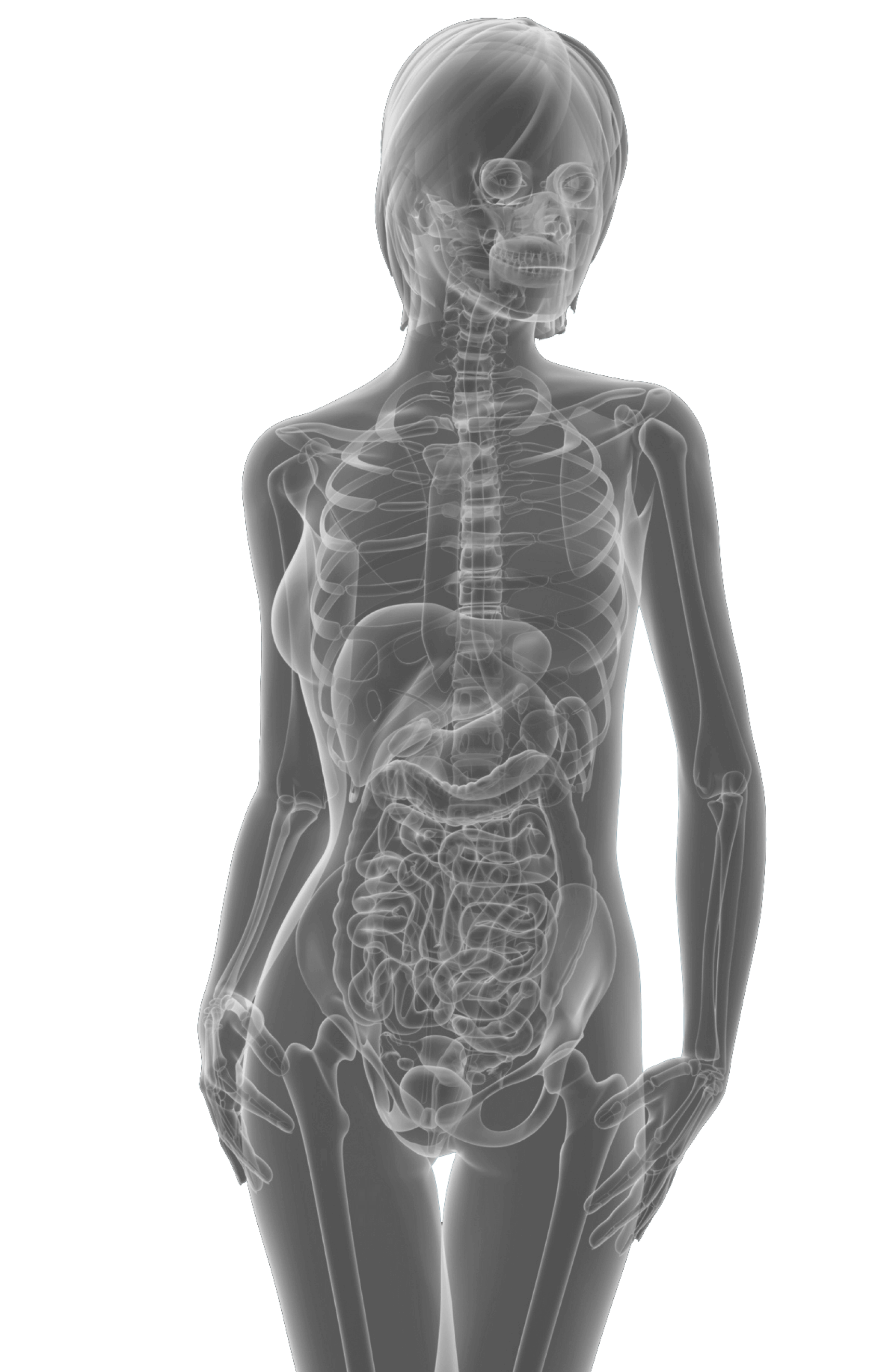
be damaging1-4
*Indicates a required field.
Patients with hypophosphatasia have a loss-of-function mutation on the ALPL gene causing low levels of alkaline phosphatase enzyme activity.1
- Clinicians should ensure that reported laboratory results for ALP reflect age- and sex-adjusted reference ranges for the specific patient
- Check with your lab for their appropriate age- and sex-adjusted reference range
As we continue to learn about hypophosphatasia, we are truly understanding that it is a multisystemic disease and not just a skeletal disease.
Eric Rush, MD, Clinical GeneticistAlexion-sponsored speaker
These signs/symptoms may emerge at any time and can progress to potentially become debilitating.1,15,16
Use this discussion guide with your patients to identify the multisystemic impact of HPP on their daily life
This list may not be exhaustive.

This list may not be exhaustive.
- Hypophosphatasia manifests across a wide spectrum of severity. Patients can face progressive, potentially debilitating symptoms that may impair their quality of life.1,16
- Neonates and infants with hypophosphatasia have a high risk of mortality and failure to thrive, making early and accurate diagnosis critical.1,2,24,25
In patients with hypophosphatasia, symptom presentation may not accurately represent the degree of disease progression2,4,26-28
- 73% of cases of untreated neonatal and infantile hypophosphatasia were fatal before the age of 5
- 58% of cases were fatal by 1 year of age
- 64% required respiratory support, most commonly invasive ventilation†
- 95% of cases requiring invasive ventilation were fatal
- Respiratory failure or insufficiency requiring support
- Severe skeletal hypomineralization
†Data on respiratory support was available for 45 of the 48 patients.29
had clinically meaningful impairment in overall quality of life as reported by parents
of children experienced neurologic symptoms
- 86% of adult patients reported difficulty walking
§Observational, multinational, prospective Global HPP Registry study conducted in adults (n=148; ≥18 years) from January 2015–September 2017.2
Hypophosphatasia can progress and become more debilitating1-4,15,33
Initiate STRENSIQ under the supervision of a healthcare provider with appropriate medical monitoring and support measures. If a severe hypersensitivity reaction (e.g., anaphylaxis) occurs, discontinue STRENSIQ and immediately initiate appropriate medical treatment, including use of epinephrine. Inform patients of the symptoms of life-threatening hypersensitivity reactions, including anaphylaxis and to seek immediate medical care should symptoms occur [see Warnings and Precautions (5.1)].
- Life-threatening hypersensitivity reactions, including anaphylaxis, have been reported in STRENSIQ-treated patients. Signs and symptoms consistent with anaphylaxis included difficulty breathing, choking sensation, nausea, periorbital edema, and dizziness. These reactions have occurred within minutes after subcutaneous administration of STRENSIQ and have been observed more than 1 year after treatment initiation. Other hypersensitivity reactions have also been reported in STRENSIQ-treated patients, including vomiting, fever, headache, flushing, irritability, chills, erythema, rash, pruritus, and oral hypoesthesia. Consider the risks and benefits of re-administering STRENSIQ following a severe reaction. If the decision is made to re-administer, monitor patients for a reoccurrence of signs and symptoms of a severe hypersensitivity reaction.
- Lipodystrophy: Localized lipodystrophy, including lipoatrophy and lipohypertrophy has been reported at injection sites after several months in patients treated with STRENSIQ in clinical trials. Advise patients to follow proper injection technique and to rotate injection sites.
- Ectopic Calcifications: Patients with HPP are at increased risk for developing ectopic calcifications. Events of ectopic calcification, including ophthalmic (conjunctival and corneal) and renal (nephrocalcinosis, nephrolithiasis), have been reported in the clinical trial experience with STRENSIQ. There was insufficient information to determine whether the reported events were consistent with the disease or due to STRENSIQ. No visual changes or changes in renal function were reported resulting from the occurrence of ectopic calcifications.
Ophthalmology examinations and renal ultrasounds are recommended at baseline and periodically during treatment with STRENSIQ to monitor for signs and symptoms of ophthalmic and renal ectopic calcifications and for changes in vision or renal function. - Possible Immune-Mediated Clinical Effects: In clinical trials, most STRENSIQ-treated patients developed anti-asfotase alfa antibodies and neutralizing antibodies which resulted in reduced systemic exposure of asfotase alfa. In postmarketing reports, some STRENSIQ-treated patients with initial therapeutic response subsequently developed recurrence and worsening in disease-associated laboratory and radiographic biomarkers (some in association with neutralizing antibodies) suggesting possible immune-mediated effects on STRENSIQ’s pharmacologic action resulting in disease progression. The effect of anti-asfotase alfa antibody formation on the long-term efficacy of STRENSIQ is unknown. There are no marketed anti-asfotase alfa antibody tests. If patients experience progression of HPP symptoms or worsening of disease-associated laboratory and imaging biomarkers after a period of initial therapeutic response to STRENSIQ, consider obtaining anti-asfotase alfa antibody testing by contacting STRENSIQ Medical Information at Alexion at 1-888-765-4747 or by email at medinfo@alexion.com. Close clinical follow up is recommended.
- Laboratory tests utilizing alkaline phosphatase (ALP) as a detection reagent could result in erroneous test results for patients receiving treatment due to the presence of asfotase alfa in clinical laboratory samples. Inform laboratory personnel that the patient is being treated with STRENSIQ and discuss use of an alternative testing platform which does not utilize an ALP-conjugated test system.
- Elevated serum ALP measurements detected through clinical laboratory testing are expected in patients receiving STRENSIQ due to circulating concentrations of asfotase alfa. Do not rely on serum ALP measurements for clinical decision making in patients treated with STRENSIQ.
- Pregnancy & Lactation: There are no available data on STRENSIQ use in pregnant women, the presence of STRENSIQ in human milk, or the effects on the breastfed infant or on milk production, to inform a drug associated risk.
STRENSIQ® (asfotase alfa) is indicated for the treatment of patients with perinatal/infantile- and juvenile-onset hypophosphatasia (HPP).
Please see full Prescribing Information for STRENSIQ (asfotase alfa), including Boxed WARNING regarding hypersensitivity reactions including anaphylaxis.